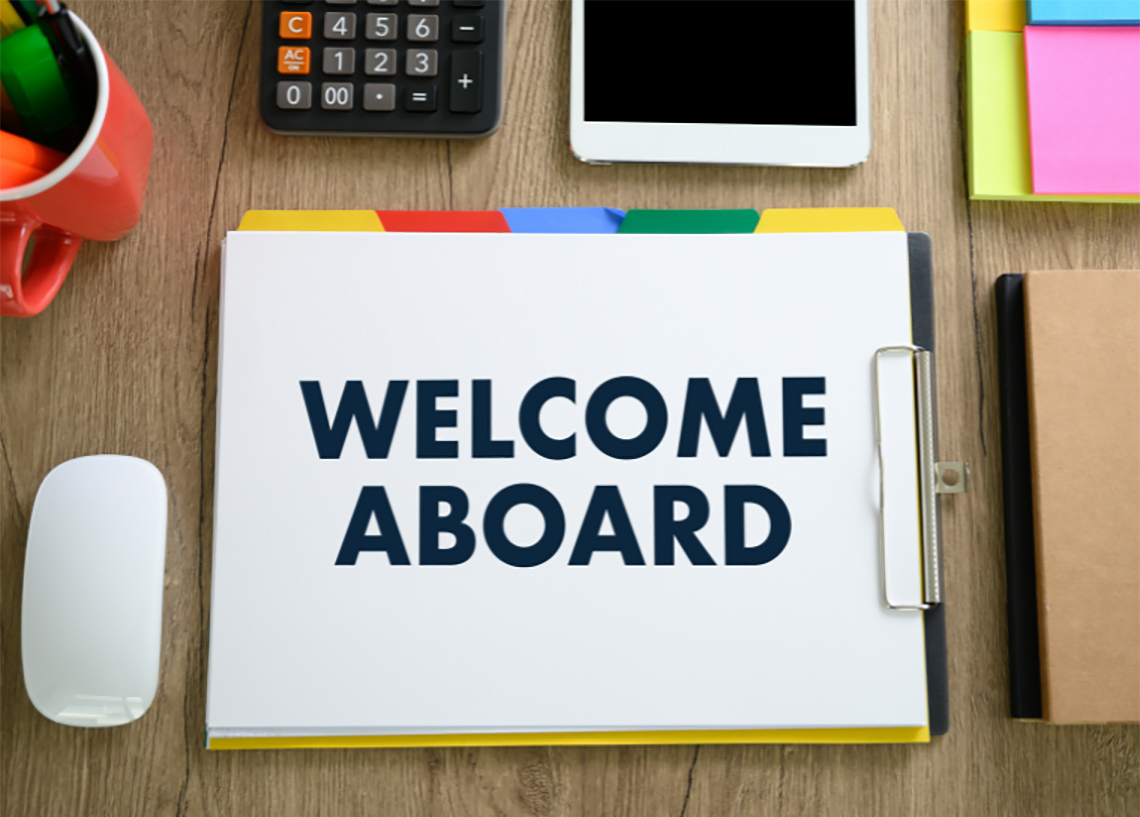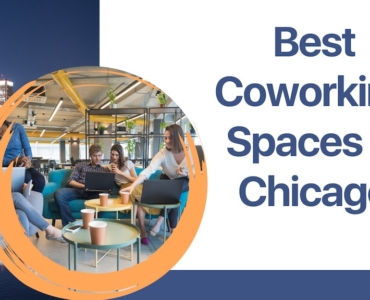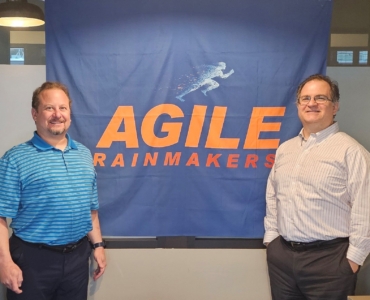Onboarding Into the Future of Work

As the operator of a growing community of coworking spaces, a future of work accelerator, and a future of work venture fund, we’re often asked how the future of work is shaping up. Our answer to that question starts with two core beliefs.
First, that the majority of employees working in remote-capable roles (more on that later) want a hybrid workplace. Do they want flexibility? Absolutely. But, do they want to permanently work in physical isolation from their colleagues? Absolutely not. The majority want the social connection, camaraderie, and collaboration afforded by spending at least some of their time in-person with colleagues.
Second, the largest trends in the future of work will be driven by challenges that employees uncover in their now-more-flexible workplace, as they pinpoint certain legacy systems, processes, and traditions that are no longer working. Those very employees, the feedback they give, the challenges they describe, and the solutions they seek, will be the largest driver in what changes take hold in the future of work.
Fortunately, at Workbox we have a front row seat to hundreds of members who share the ins and outs of their journey with us. Today we’ll dig deeper into the parts of the employee lifecycle that are especially ‘hot button’ issues for them.
But First, What is “Remote-Capable”?
Let’s get some terminology out of the way, before we move on. Remote-capable jobs are ones where team members, on a day-to-day basis, have the resources and skills to complete their near-term tasks without being co-located with their teammates on a day-to-day basis. Still, they need somewhere to work, whether that’s their home office, a Workbox location, or a desk at a leased office by their employer.
Their ability to get their near-term tasks done may not require them to coordinate with colleagues to make sure that they are going to be within “yelling distance” during the typical workday, but they still crave some in-person connection with their colleagues. Research shows that they are wise to want that in-person connection, too (more on the ‘why’ for employers and employees in a future post).
In the future of work, this segment — remote-capable employees that crave some in-person collaboration — will become the driver of many innovations on the road ahead.
Remote-Capable & COVID
Remember the pre-COVID days? Many companies with what we’d now call remote-capable jobs, weren’t in any hurry to admit it. Their team members were routinely coming into headquarters, working alongside each other, and cranking out work in bustling office buildings. Happenstance conversations at the coffee machine, elevator, and ping pong table (or other favorite amenity) were the norm. Although team members might have spent some of their day working quietly in a huddle room, cubicle, or office, many other parts of their office routine involved the power of human connection.
Then, the world of work (for many) ground to an immediate halt. Emails landed in employees’ inboxes with messages like “try to work from home if you can”, or “office closed until further notice”, or “for now we need everyone to move all meetings to zoom”. There were vague promises of evolving company policies, and sometimes a specific date (well into the future) where further announcements would be expected to clarify new “norms” and expectations. All to come “later”.
It’s Later, Now
In 2023 and beyond, team members increasingly expect companies to have a specific, credible, realistic plan about what the long-running norms will be in their role. Will the role be hybrid? Will there be hoteling of desks at a reconfigured office? Will there be recurring retreats to gather distributed team members for camaraderie, strategic planning, and sales kickoffs? Team members will want to know. Although the desire to spend some time with colleagues in-person will stay, so will the desire for flexibility.
Let’s get to some of the ‘hot button’ issues that companies will need to be especially thoughtful about, while remote-capable workers seek out the new ‘norms’ in their hybrid workplace.
Finding (And Solving For) Anxiety
In our circles, some of the highest-anxiety moments that leaders face as they support their teams, are around two key moments in the employee lifecycle: first days, and last days. We shouldn’t be surprised.
The First Day
The pre-COVID routine in many companies involved an in-person orientation with HR, some introductions to mentors who “opted in” to being a resource to new employees, a team lunch, a few friendly drop-ins from colleagues throughout the day, and then perhaps a check-in at the end of the day to see if the new-hire ‘has everything they need’, or ‘any questions so far’.
Then COVID hit. Most remote-capable employees “went remote” (even if only temporarily). In that era, did any of those high-touch onboarding activities really get a viable equivalent? Typically, no. Zooms, text messages, and phone calls proved to be a poor replacement for the long-running traditions designed to help new employees feel a warm and fuzzy connection to their new company and colleagues on day #1.
Fast forward to today’s hybrid workplaces — in our most recent member survey, only 29% characterized ‘onboarding’ as ‘easy’. The pre-COVID routines won’t prevail, nor will the early-COVID traditions. The new norms will be built around making the most of time spent in-person with colleagues, but also recognizing that there will be remote/distributed relationships to nurture as well. Andy Biladeau of Bersin Partners says it well: “companies are now taking the reins on building in frequent touchpoints with leaders, managers, and teams to set the cultural tone”.
If our early work in reviewing potential Workbox Ventures investments is any indication, there are a flood of new ventures entering the market to facilitate those very touchpoints — ones with intentionality, flexibility to encourage both in-person and remote collaboration, and follow-up to build lasting relationships amongst colleagues.
The Last Day
Last day traditions faired even worse, if you can believe that. Fewer than 21% in our survey had favorable perceptions of their current approach to offboarding/separation. A brief look back in time, sets the stage for why.
Pre-COVID, whether the separation was voluntary, mutual, incident-driven, performance-driven, or otherwise, most companies had every opportunity to think through (and orchestrate) the logistics and critical moments of a “separation”. Will it be in the conference room closest to the door? With the HR manager that has built rapport with the employee? With a heartfelt thank you for the employee’s contributions over the years? How about the facial expressions, non-verbal, verbal, and other aspects of the conversation? And what about collecting the employee’s laptop, other equipment, printouts, etc.?
When COVID hit and many companies were full remote, employee separations went… well, very poorly. Need we say more? You’ve seen the headlines of companies separating with employees by sending termination messages to employees via email. Their work email. That they were already locked out of. That they couldn’t access via a laptop that had been remotely ‘wiped’ overnight.
So what’s the “new” last day look like in the future of work? There, we’re less sure. We know it doesn’t, and can’t, resemble either the pre-COVID or the “full remote” COVID traditions. It’s something new and better, that will challenge employers to build goodwill with soon-to-be-departing employees, even under the toughest of circumstances. Amongst the many pieces to the puzzle will be more active “alumni engagement” networks, smarter incentives to mutually align both employee and employer to work collaboratively through separation, and increased support for employees transitioning on to seek out their next adventure. We’re eyeing many components of the future of work for this part of the employee lifecycle, as we recruit future cohorts for our future of work accelerator and keep tabs on potential investment opportunities for our fund.
The Future of Work, First + Last Days, And In Between
Much innovation awaits in the future of work. We’d argue that almost all phases of the employee lifecycle are underserved when it comes to new systems, processes, and traditions to support remote-capable teams. Teams that like to see each other when they can (the vast majority) still need a workspace somehow/somewhere (we’re glad to help), and need support to help their teams reach full potential on their employee journey.
First days and last days are where we’d expect to see some of the most meaningful and positive innovation in the near-term, to support the future of work. Much of the innovation will come from ventures that are nimble, customer-centric, and want to help their customers find a better way to help their teams manage these two key moments in the employee lifecycle. But the work won’t end there.
Employees also need common sense engagement from company leaders across their entire journey. Ben Balson of Work Friendly points out that amongst their clients, the strongest Net Promoter Scores from employees aren’t “when they offer unique benefits such as stipends for child care or dry cleaning (though these things are nice) but when they provide a safe space for employees to be their whole selves, and leadership that is truly invested in the team member’s progress personally and professionally.” More on that in a future post.



